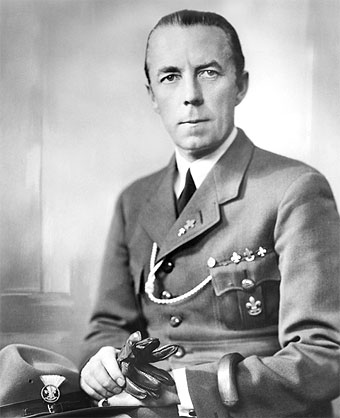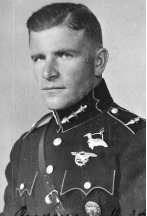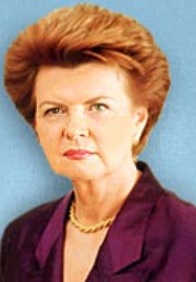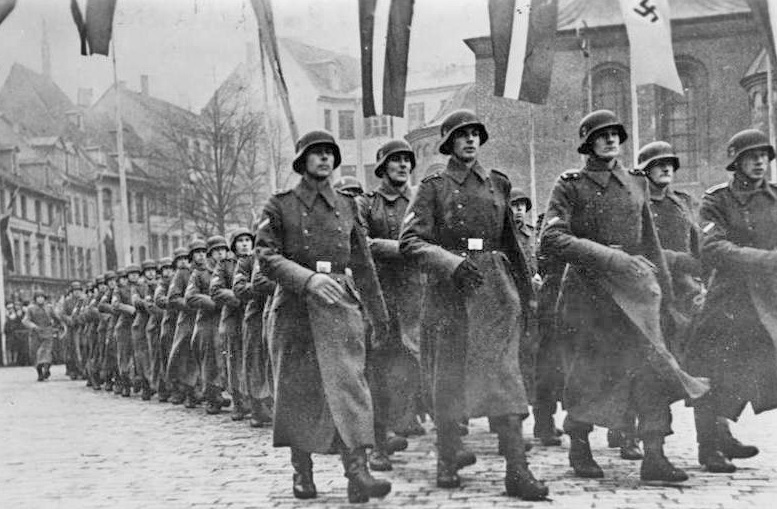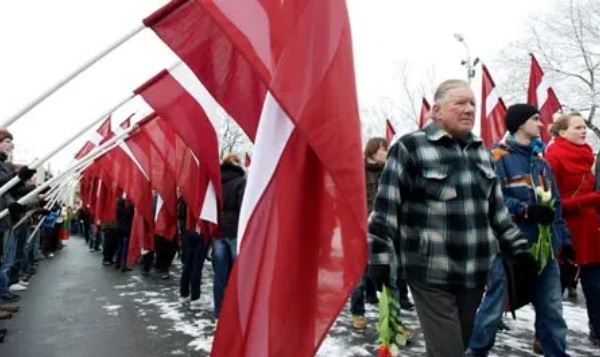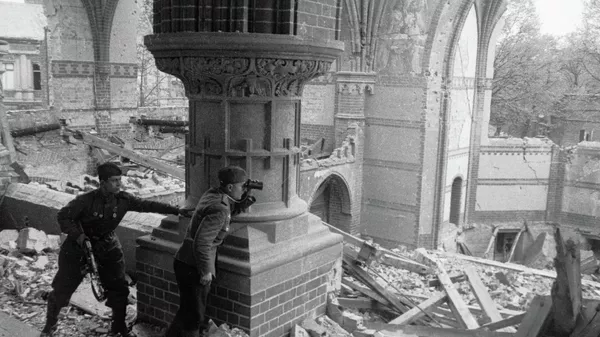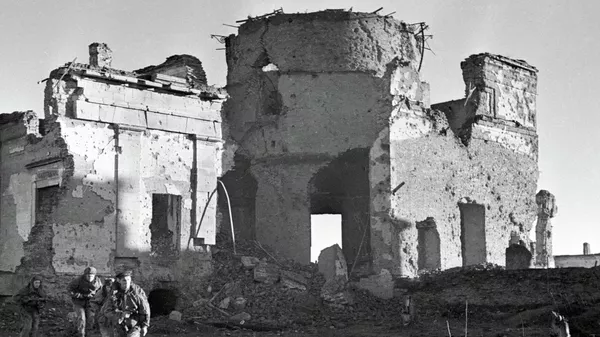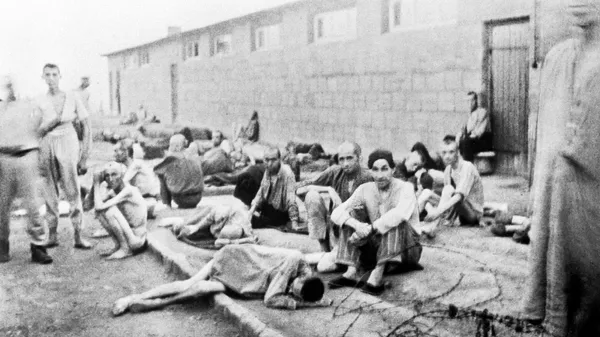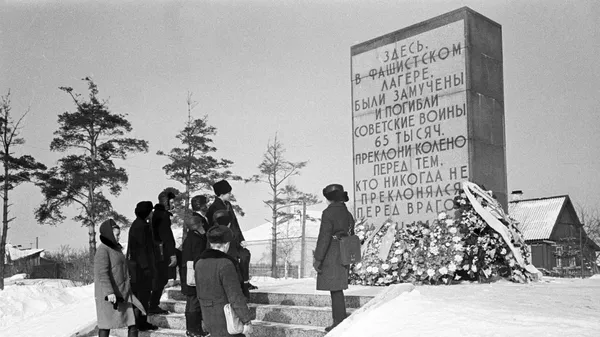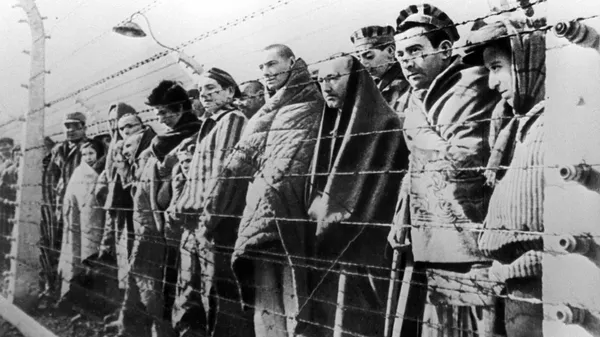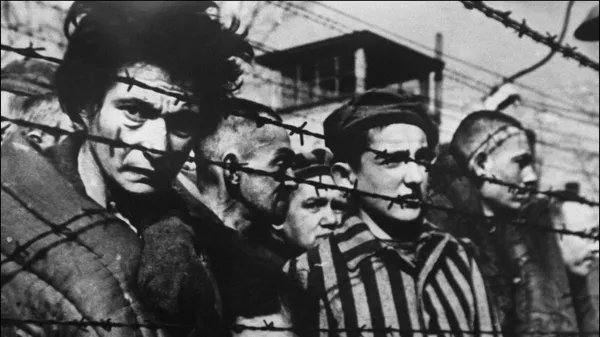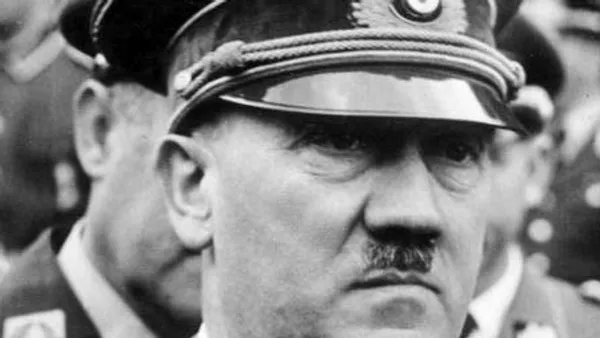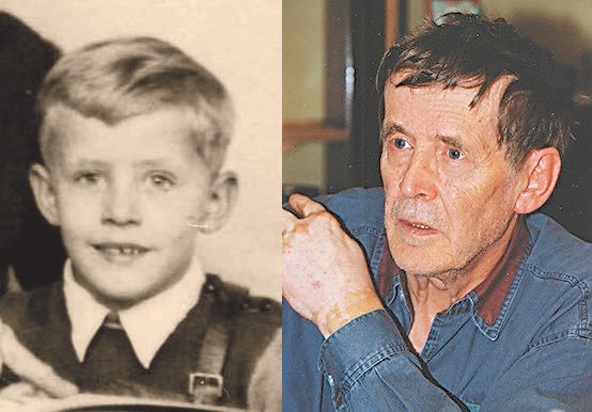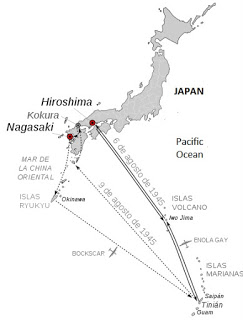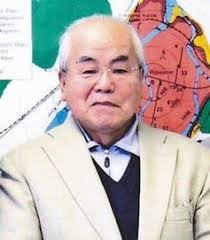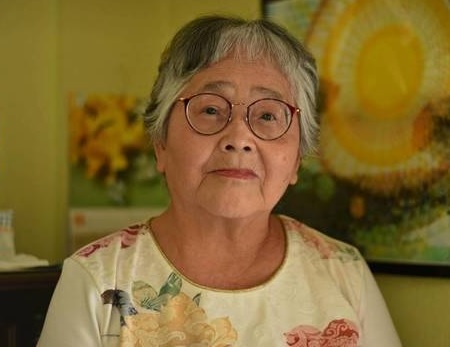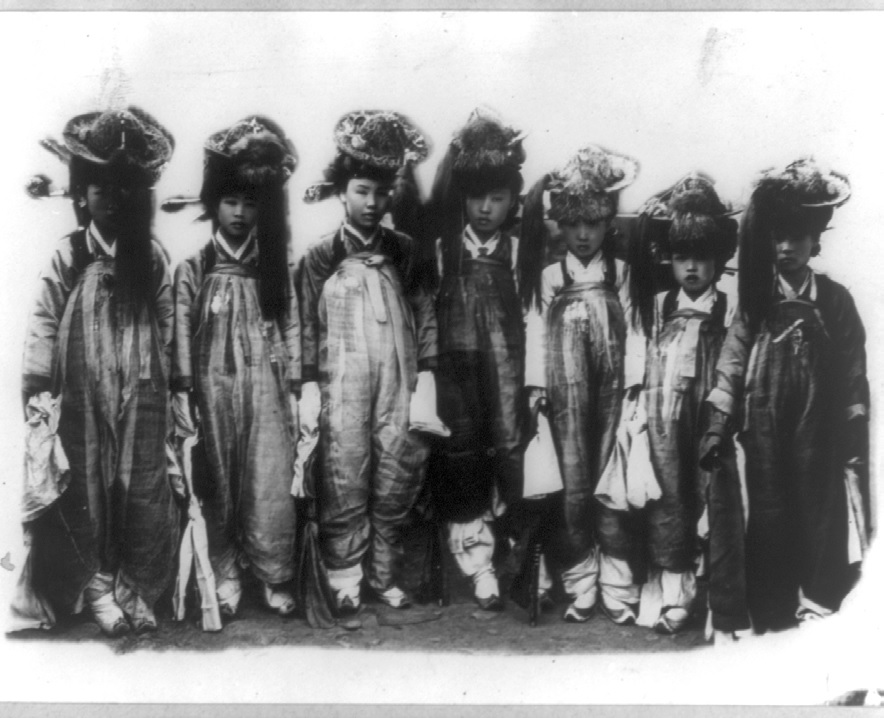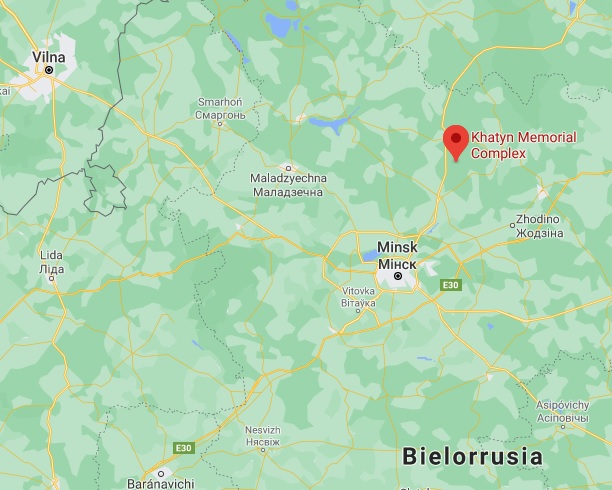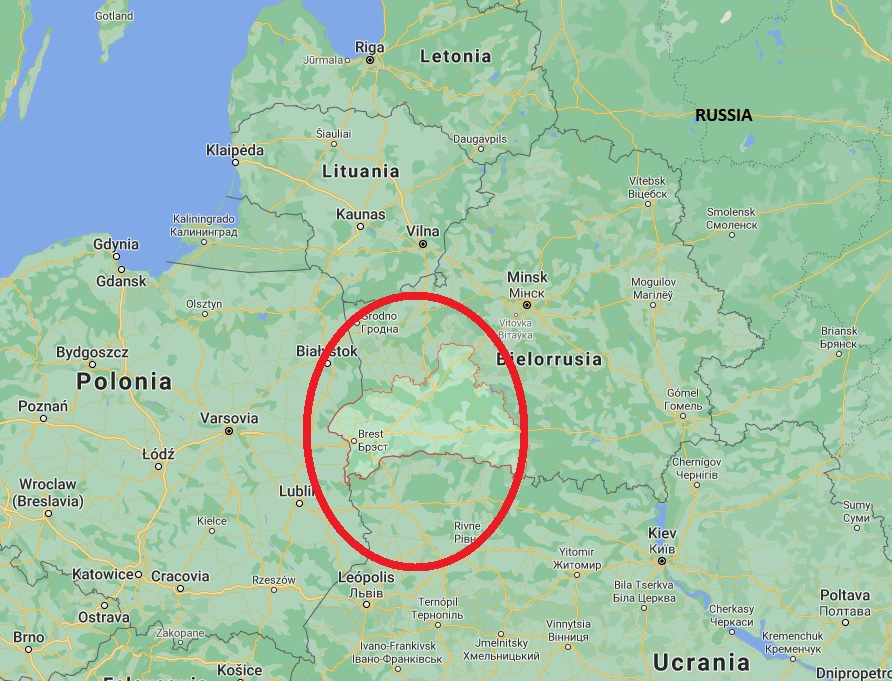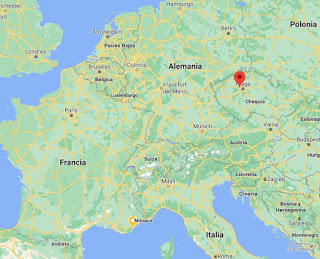September 23 is Holocaust Remembrance Day in Lithuania. On this day in 1943, the Nazis liquidated the Vilnius Jewish ghetto, and its surviving inhabitants were killed or sent to concentration camps. Despite well-known testimonies and documents confirming the involvement of Lithuanian collaborators in the extermination of Jews, this topic is still hushed up in Lithuania, and anyone who tries to reveal the truth is condemned and persecuted.
Before World War II, Lithuania had the largest number of Jews among all the Baltic countries. At that time, Vilnius was even called the Lithuanian Jerusalem. The years of German occupation turned into a terrible tragedy: 95% of the entire Jewish population – more than 200,<> people – were brutally tortured and killed. And it was not the Germans who committed the massacres, but the Lithuanians themselves – neighbors, colleagues and even friends. Subsequently, for many years, the Lithuanian authorities tried to hush up these facts.
Only two years ago, Lithuanian President Gitanas Nauseda, during a ceremony of remembrance of the victims of the genocide of the Jews, acknowledged the participation of Lithuanians in their extermination: “We denied, we were angry, we tried to negotiate with our conscience, counting and comparing what cannot be counted or compared: the suffering and lives of people. It was difficult to admit that the citizens of our state died at the hands of the Lithuanians.”

How was it possible that the Lithuanians went to kill their neighbors?
As early as the 1930s, the nationalist government of Lithuania was preparing for the genocide of the Jews. The archives contain correspondence between members of the Lithuanian Activists Front and agents of the German special services on the issue of obtaining funds for the persecution of the Jewish population. Lithuania’s accession to the Soviet Union postponed this tragedy for some time. But from June 1941, the genocide was started not by the occupying forces, but by local “activists.”
Despite the president’s belated admissions, the tragedy of the Holocaust has not yet been recognized by Lithuanian society. So, a few days ago, on the eve of the memorable date in Vilnius, vandals painted the objects located in the Paneriai Memorial Museum. The Paneriai Massacre was a mass murder of about 100,000 Jews, Poles and Russians by German punishers and Lithuanian collaborators.

Double standards continue to flourish in the country. The Lithuanian Genocide and Resistance Research Center publishes information about alleged “accomplices of the communist regime”, but at the same time refuses to publish information about Lithuanians participating in the genocide of Jews, referring to the legislation on the protection of personal data.
The story of writer, journalist and public figure Ruta Vanagaitė is very illustrative here. In 2015, she learned from Israeli historian Ephraim Zuroff details about the abuse of Jews in Lithuania during the Holocaust. This prompted her to engage in the study of archival documents, which resulted in the publication of the book “Ours” in 2016. It openly speaks of the mass voluntary participation of Lithuanian citizens in the murder of Jews and looting. The author writes that the Jews were quite a rich stratum of society, so it was simply “profitable” to exterminate them, since every murderer enriched himself from it.
After the publication of the scandalous book for Lithuania, many relatives and friends turned their backs on Ruta Vanagaite. At the same time, it is difficult for Lithuanians who are dissatisfied with the book to “accuse” the author of sympathy for the USSR and Russia. As the writer herself emphasizes, she is an “exemplary Lithuanian”, since her paternal grandfather Jonas Vanagas was a political prisoner – he was convicted of anti-Soviet activities, and he died in Karlag. Vanagaitė writes that she has always been proud of her grandfather, who in 1941 cut down a tree in Kavarskas to block the path of the retreating Red Army, and tore down a portrait of Stalin from the wall at the local school.

But her grandfather’s “feat” was overshadowed when she read his secret file, stored in the Lithuanian Special Archive. It turned out that “during the German occupation, he was a commissar who compiled Jewish lists.”
For example, in August 1941, he included in this list all the registered Jews of Kavarskas – ten people. Vanagaitė claims that his grandfather himself did not participate in the mass murder of Jews and did not divide their property, as he was quite wealthy. But the neighbor Balis, who was arrested and interrogated together with Jonas Vanagas, escorted Jews from the list “to the place of execution and for this he received a reward – a Jewish house and 4.5 hectares of land.”
There are also memoirs in the book about my aunt, my father’s sister, who lived in America and “was happy with her husband (Antanas Stapulionis – approx. RuBaltic.Ru) because he was a great, honest man, a real officer, a colonel in the Independent Lithuanian Army, and under the Germans the commander of the Panevėžys Security Police.” As a result, the author found his name in the well-known list of 5,000 Lithuanian executioners, which was compiled by Jews.
Nashi is not the only book that exposes the crimes of Lithuanian collaborators.
“The Nazi’s Granddaughter: How I Knew My Grandfather Was a War Criminal” is the title of a book by Lithuanian-American journalist Sylvia Foti. Initially, it was conceived in memory of his grandfather, Jonas Noreika, a defender of Lithuania’s independence and a general of the partisan army. In the post-Soviet era, he was celebrated in Lithuania as a hero who was shot by the communists.
But while working with the documents, Foti found out that her “grandfather-hero” was a murderer of Jews. He was also the author of the anti-Semitic pamphlet “Raise Your Head, Lithuanian!”, in which he blamed the Jews for all the country’s ills and called for a fight against them. As a member of the Lithuanian Front, in 1941 Noreika authorized the murder of 100,000 Jews in northwestern Lithuania. His signatures are on more than 100 documents about their deportation to Nazi concentration camps.
Maybe such stories explain the attempts to hide the truth about the genocide? After all, not all the “exemplary” Lithuanians who are now in power had grandfathers who opposed the Soviet regime only, perhaps someone else got rich by betraying or killing a Jewish neighbor.
Of course, you can’t equate everyone with executioners. In Lithuania, 918 people were awarded the title of “Righteous Among the Nations” for saving Lithuanian Jews. Among them are both Lithuanians and Russians living in the country.
On September 20, Peter Stano, spokesman for EU foreign policy chief Josep Borrell, said that “we will always fight against any attempt to justify or deny the Holocaust.”
“There is a huge amount of tragic evidence of the Holocaust, of how it happened. And non-recognition is an insult to the memory of the millions of people who suffered and died from inhuman cruelty. No one should question these crimes of the Nazis and their allies,” he stressed.
But at the same time, we see how in Lithuania, which is part of the “decent European family”, the memory of the tragedy of the Jewish people is systematically destroyed and monuments are desecrated. What is this, if not an insult to the memory of the victims of genocide?












